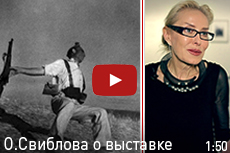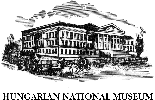Retrospective
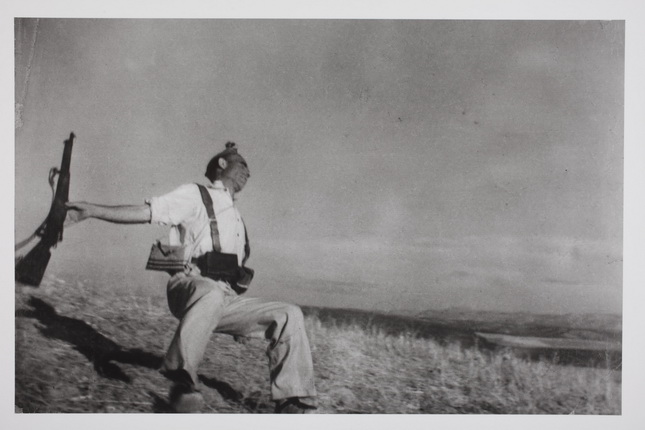
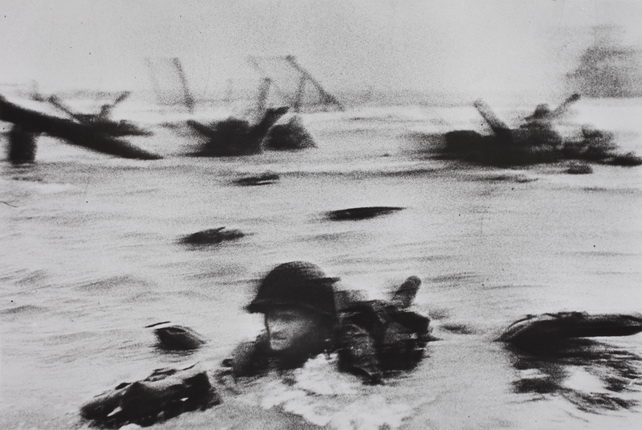
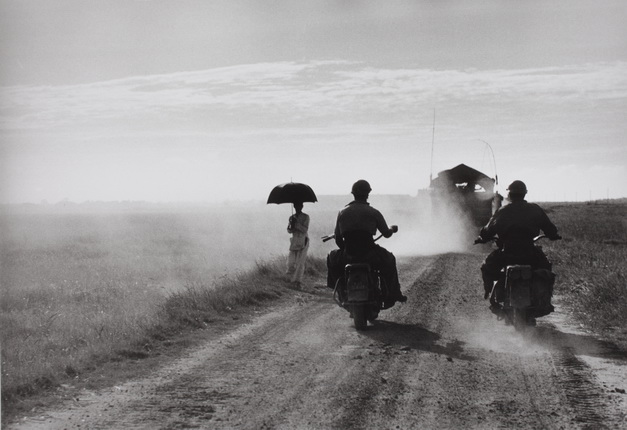
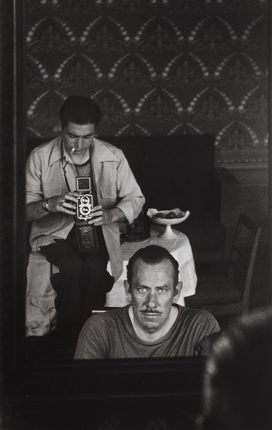
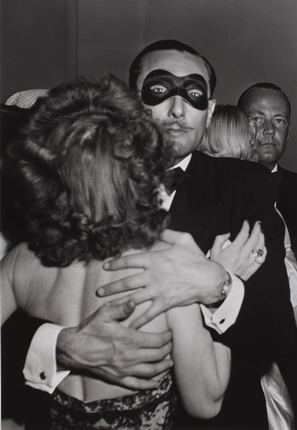
Photograph by Robert Capa. © International Center of Photography/Magnum – Collection of the Hungarian National Museum
Photograph by Robert Capa. © International Center of Photography/Magnum – Collection of the Hungarian National Museum
Photograph by Robert Capa. © International Center of Photography/Magnum – Collection of the Hungarian National Museum
Photograph by Robert Capa. © International Center of Photography/Magnum – Collection of the Hungarian National Museum
Photograph by Robert Capa. © International Center of Photography/Magnum – Collection of the Hungarian National Museum
Moscow, 19.05.2015—19.07.2015
exhibition is over
Share with friends
For the press
As part of the Hungarian Culture Days in Russia, MAMM presents a retrospective of the work of classic photojournalist Robert Capa, one of the founders of the legendary Magnum photo agency.
The exhibition showcases 120 of the 985 works the Hungarian National Museum acquired in 2008 from the New York International Center of Photography. These include the famous wartime photo reportage that Capa produced throughout his life — of the Spanish Civil War, Sino-Japanese War, Second World War (North African Front, Allied Landing in Normandy) and the Indochina War in Vietnam. Another part of the exhibition features portraits of celebrities from that epoch — Ingrid Bergman, Pablo Picasso, Ernest Hemingway and others. And finally a special section of the exhibit consists of photographs Capa took during his trip to the USSR. Capa visited the Soviet Union in 1947 with his close friend the writer John Steinbeck, and the results of this journey were published in the book ‘A Russian Journal’. ‘He could photograph motion and gaiety and heartbreak. He could photograph thought. He captured a world and it was Capa’s world,’ recalled Steinbeck.
Robert Capa, real name Endre Friedmann (he only adopted the pseudonym Robert Capa in 1936), was born on 22 October 1913 into a Jewish family that owned a fashion store in Budapest. As an adolescent he took a serious interest in socialist ideas, influenced by poet and avant-garde artist Lajos Kassak. Around this time Endre first saw images by the American social reform photographers Jacob August Riis and Lewis Hine and their work stimulated his interest in photography.
The future star of war reportage longed to make his career as a journalist, since then he could combine a love for literature with his interest in politics. Alas, in the early 30s Fascist and anti-Semitic views had already taken root in Europe: the university authorities restricted the admission of Jewish students and moreover Endre Friedmann had taken an active part in street demonstrations and was even arrested on one occasion. Thanks to the wife of the police chief — a customer at his mother’s fashion salon — he was released from prison the following day, but obliged to leave Hungary.
In 1931 he arrived in Berlin and enrolled at the faculty of journalism, but for lack of finance he only studied at the university for a year before taking work as a darkroom assistant with the Berlin photo agency Dephot (Deutscher Photodienst). Before long the agency sent him to Copenhagen to photograph Leon Trotsky’s speech to a student audience. Although Trotsky expressly forbade photography the young photojournalist managed to take a few shots. This was his first major reportage and it appeared in many European publications. After Hitler came to power Capa was forced to leave Germany, and for a while he travelled across Europe. He went to Vienna and then Budapest before finally settling in Paris, where he made contacts that would change his life forever. First he met his fellow countryman, the photographer André Kertész, who was to be his friend and teacher, Henri Cartier-Bresson and David Seymour, then in 1934 Gerda Taro, who became not only a close friend, but also his personal manager.
From 1936 onwards the young photographer made frequent visits to Spain on assignments for the Leftist French weekly Regards and documented the events of the Spanish Civil War. There he took one of his most celebrated photographs, Death of a Republican (also known as The Falling Soldier) in 1936. During one of many assaults Capa, almost blindly, photographed a falling, fatally wounded soldier. Death of a Republican, published by LIFE magazine and other major publications, caused major controversy. Capa vehemently responded whenever questioned that in wartime there cannot be staged frames and that the best illustration is the truth.
Despite his success, the sale of photography became increasingly difficult. To begin with, another photographer with the same surname was working in Paris at the time, and magazines only printed the author’s family name. Secondly, Friedmann had a poor command of French and found it hard to insist on his rightful dues when negotiating with the editors of Parisian publications.
At that point Endre Friedmann and Gerda Taro invented the persona of Robert Capa, as a successful American photographer, the author of sensational shots and moreover, concurrently proprietor of the photographic agency where Taro, Friedmann and Kertész worked. After achieving recognition in France, Capa and Taro left for the USA, where Robert Capa was introduced as a rich and famous French photojournalist. Their deception soon came to light, but by then it was unimportant — the world already knew and loved the photographer Robert Capa.
During the Second World War Capa acted as photo correspondent for LIFE magazine. In 1944 he was the only photojournalist to document the landing of Allied troops in Normandy. Practically the entire film was destroyed due to an error by the darkroom assistant in LIFE’s London headquarters, and only eleven frames could be saved. These were printed in major publications worldwide and today they are classics of photojournalism. Capa also photographed military operations in England, North Africa and Italy, dispatched photo reports on battles in the Ardennes and the Liberation of Paris, and toured the devastation left in Germany.
In 1947 Robert Capa founded the Magnum agency, together with Henri Cartier-Bresson, David Seymour, George Rodger and others. Today it is one of the most famous photo agencies in the world, although at the onset it was continually on the verge of bankruptcy. Capa and Cartier-Bresson worked hard to save their brainchild.
In 1948 Egypt, Syria, Lebanon, Jordan, Iraq, Saudi Arabia and Yemen declared war on the newly formed State of Israel and Capa headed for the war zone.
Robert Capa was killed on 25 May 1954 by a landmine explosion in Indochina, where he had gone on assignment for LIFE magazine.
Since 1955 the Overseas Press Club of America has awarded the Robert Capa Gold Medal to photojournalists on an annual basis, for the best camera reportage produced in dangerous conditions.

